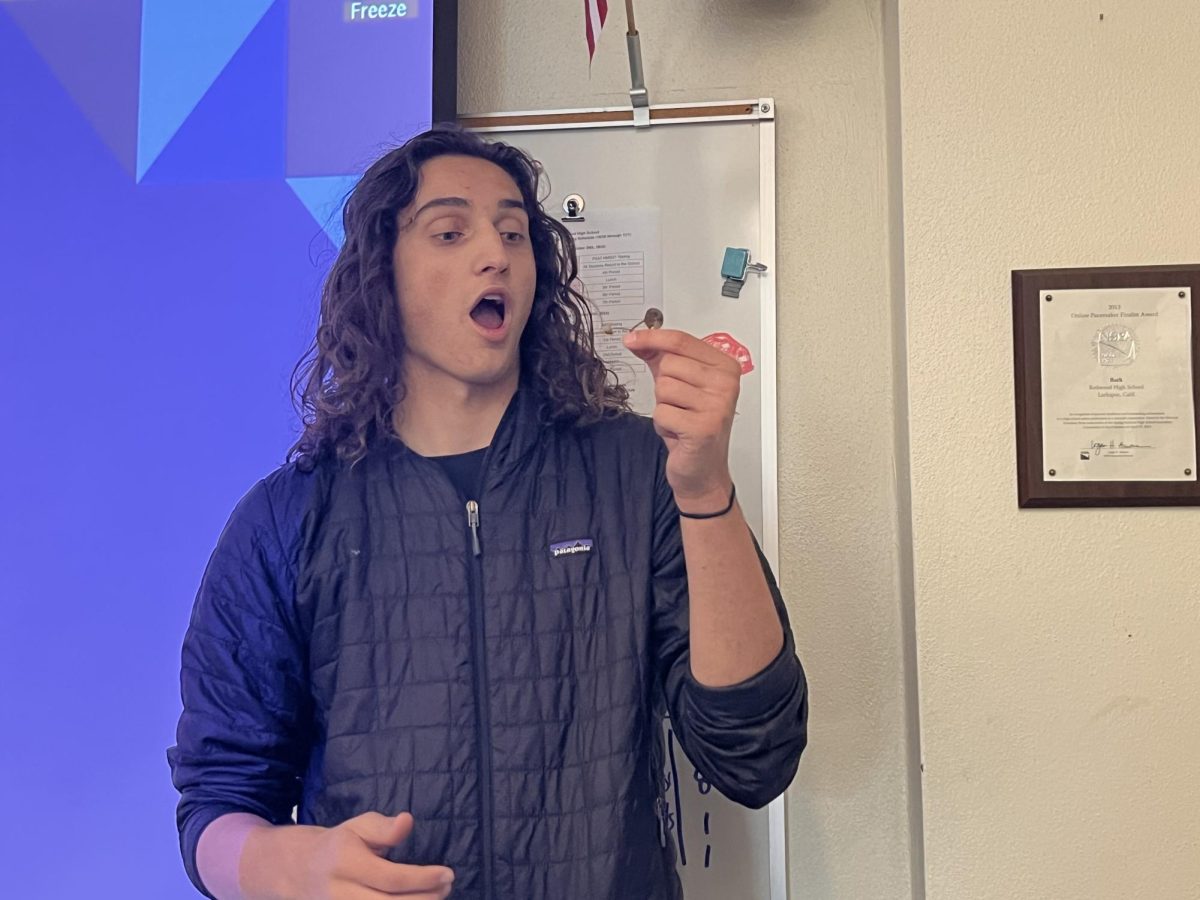On nights that “Jessica” is the designated driver for her friends, she would never consider having even one sip of alcohol.
A few hits of marijuana, on the other hand, is a totally different story.
The fact that marijuana impairs driving is generally supported by lab tests, driving simulators, and road tests alike. However, the connection between these impairments and actual increased accident risk is largely questioned by students.
A September Bark survey shows that 26 percent of students who drive have driven high, and 51 percent of students consider driving high to be less dangerous than driving drunk.
Several government and university studies over the past few years have shown mixed results concerning the dangers of driving while under the influence of marijuana. Some show much higher risk of accidents, and others report only minimal increases in danger.
A study published by the National Institute of Drug Abuse reported that the measurable impairments of marijuana on one’s driving abilities are enough to severely affect one’s ability to drive.
NIDA reported that in a study of 3,400 fatally injured drivers, 13.5 percent tested positive for marijuana use at some point in the days leading up to the accident.
Another study by the National Drug and Research Centre in Australia reported that high drivers are often aware of these effects and adjust their driving behavior accordingly, reducing their driving speed to a slower level than average, sober driving speeds.
Of 319 participants in the Australian government’s study, 7.4 percent had an accident while not under the influence of any drug, and 10.7 percent had an accident while under the influence of marijuana alone.
A 2007 University of Iowa study found a 1.8 percent increase in “risky driving” practice from a placebo group to a group given THC, the active ingredient in marijuana. The study also assessed cognitive impairments with a time estimation test. The test asked subjects to estimate how long a given amount of time was as it passed, finding a 15 percent increase in error from the placebo group to the THC group among male subjects.
Despite evidence that marijuana does have an effect on driving abilities, several Redwood students said that driving high is widely considered socially acceptable.
“Jessica”, a senior who wished to remain anonymous, said that she and her friends consider driving high on marijuana as safe as sober driving.
“People get high all night. As long as they don’t drink, they are the designated drivers,” Jessica said. “We all know our limits for everything, and we all know not to drunk drive or anything, but we all know that we are able to smoke and then drive.”
According to the September Bark survey, 13 percent of student drivers have driven high, and 16 percent have driven under the influence of alcohol. However, 51 percent said they feel driving high is safer than driving under the influence of alcohol.
As far as law enforcement officers and California laws are concerned, driving under the influence of any drug is illegal.
Officer Dan Langford of the California Highway Patrol said that he puts drivers through the same series of field tests for all types of drugs when he suspects them of driving under the influence.
“If I feel that you can’t pass those tests in the field, then I’m going to take you back to my office in a more controlled environment and give you drug testing back there,” Langford said. “The bottom line is whatever substance is in your body that is making you unable to operate a motor vehicle safely, that’s where our determination [of impairment] comes from.”
Some of the indicators of marijuana use that Langford said he looks for when administering field sobriety tests are dilated pupils, high blood pressure, elevated pulse, the smell of marijuana, and any trace amounts of the drug on the driver.
Langford also said that about half of the people who he has taken to jail for DUIs were under the influence of marijuana or other drugs as opposed to alcohol. However, he said that this could be because the shift that he works, 10 a.m. to 10 p.m., is not during peak drinking hours.
“When I take people to jail for DUI on my shift, I see the full spectrum [of substances],” Langford said. He noted that driving high is as illegal as driving drunk.
Both Jessica and “Erik,” a junior who wished to remain anonymous, said that driving high made them feel paranoid behind the wheel.
“Most of the time when I’m driving high I feel like I’m taking my driver’s test,” Erik said. “It’s like someone is watching and I have to do everything perfectly.”
Jessica said she felt impaired on some level while driving high, but still was confident in her driving abilities.
“I had to drive back from Berkeley one time at night when I was high,” Jessica said. “It really felt like it took three or four hours, like a trip to Tahoe or something. It was kind of scary at some points because I completely zoned out, like I didn’t know where I was going, and I would have to snap back in and question where I was.”
Despite acknowledging her impairments, Jessica still said that she doesn’t feel she has ever been in a dangerous situation while driving high.
“It’s pretty much the exact same thing as driving exhausted,” Jessica said. “But you’re high.”










